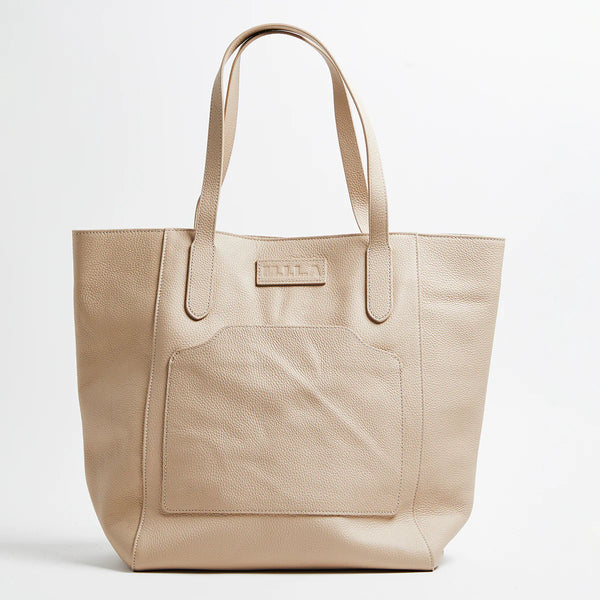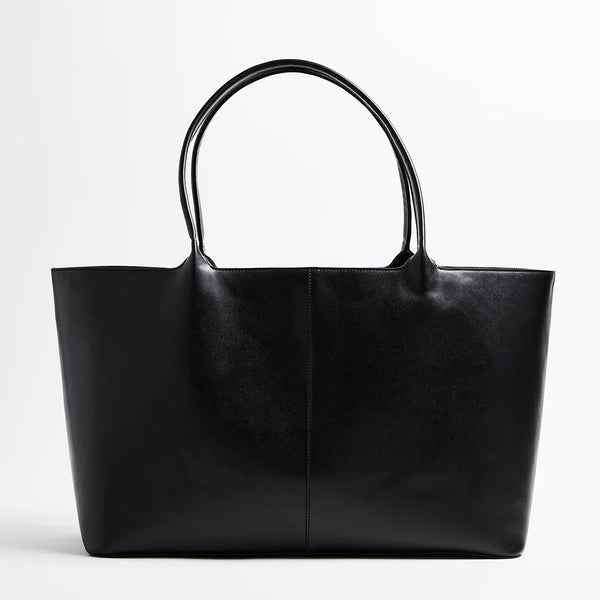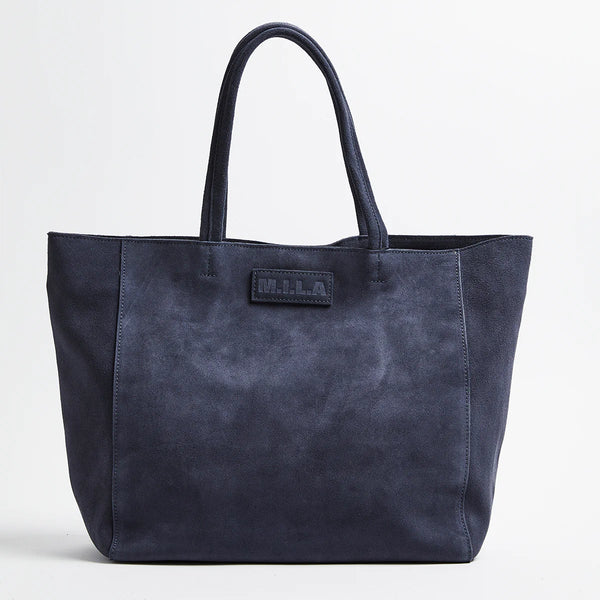Italian Leather: What You Need To Know About It

When you hear the term "Italian leather," countless images probably come to mind: the elegant handbags in the hands of international models on the catwalk, the ornately lined interiors of Italian sports cars, or luxurious leather accessories like the fine leather strap encircling the watch on the wrist of a seemingly wealthy man.
While these images are a bit exaggerated, the use of this term is not. Still, the question might be in your mind: What is the fascination with leather claiming to be from Italy?
What is Italian Leather?
The simple answer would be any leather that is made in Italy. That is what it takes to get a verification that the leather is actually an “Italian Leather.” However, true, traditional Italian leather embarks on a much greater journey before it’s ready for you. Genuine, traditional, Italian leather is made using tanning methods and practices that begun in the Tuscan region over 5,000 years ago. The nation boasts many of the best tanneries in the world, who often specialize in a particular method of leather production called vegetable tanning.
The process involves using natural vegetable tannins — organic substances found in tree bark, plants and fruit — to create leather. One of the hallmarks of good quality Italian leather is that they use full grain hides and process them in a way that produces a softer, more pliable leather than other methods of vegetable tanning. High-quality Italian leather often exhibits warm tones that intensify over the years and will typically display a distinct patina: a desired outcome in the eyes of many leather connoisseurs. By combining the highest quality grain of leather with a complex but rewarding tanning method, Italian artisans are able to produce an exceptional type of leather.
Origin of Leather
Leather tanning in Italy has a rich socio-cultural history that dates back to the Etruscan civilization in the 8th century BC. The Etruscans were the first people to explore and harness the technique of vegetable tanning, the basic principles of which remain the same today. Leather production grew in social importance under the Romans, as the material was used in everything from transportation to clothing and warfare.
During this period, the art of vegetable tanning also became a regulated industry, and complex leatherworks started to spring up across the Roman Empire. In 1282, the Arte dei Cuoiai (Leather Workers Guild) was born. It was one of many professional guilds in Florence, secular institutions that protected trade secrets and enforced strict quality standards. To this day, dotted along the banks of the river Arno from Florence to Pisa, esteemed leather artisans continue to operate.
At the beginning of the 20th century, a selection of now leading fashion houses began their commercial lives as leather goods stores, including Prada (1913), Gucci (1921) and Ferragamo (1927). In contemporary times, The Genuine Italian Vegetable-Tanned Leather Consortium has played a vital role in safeguarding the tradition of vegetable tanning in Tuscany. The twenty tanneries within the organization share a philosophy that values time-honored expertise, craftsmanship, and environmental responsibility.
Is Italian Leather good quality?
Much like delicately aged French wine or grass-fed Argentinian beef, Italian leather is synonymous with quality and tradition. One of the reasons Italian leather hides are superior to others is that only natural substances such as plant and vegetable extracts are used to dye the leather, resulting in much stronger and longer-lasting leather products. It is conscientious manufacturing, rooted in tradition. The process of vegetable tanning can take up to 40 days. The value of this time though extends to the patina that will develop with use.
As the leather is not chemically sealed, it will develop this highly-desirable sheen as a manifestation of the natural aging process. Your Italian leather bag will be completely unique to you. Patina is the hallmark of the finest vegetable-tanned full-grain Italian leather. This tanning method in particular truly is thoughtful, traditional, and artisanal production. Care and attention to detail are the primary focus, combined with an abundance of patience and pride.
Why is Italian Leather the best?
The world of fashion is a world of change. What's hot one day can be out the next, but there are a few things that have always been in high demand: Quality and luxury - when it comes to both, there's nothing quite like leather from Italy - as you can see from the MILA Tote Bag in buttery soft genuine leather.
There's no other country in the world that can match the quality, and that's largely due to the highly skilled artisans, the premium hides used in their products, and the dyeing process. This results in a quality that cannot be compared to any other country that produces leather products.



